The best possible combination. This performance optimised 2.5-liner flies more comfortably than many 3-liners. How come? Philipp Medicus, Head of R&D at NOVA explains: “The difference in design between the MENTOR 6 and 7 is greater than between the 2 and the 6. Absolutely everything is new. Only the pilot group and its potential as an XC machine are the same.” This means the MENTOR 7 Light will appeal to all cross-country pilots who would like to achieve their distances within the B class and who want a state-of-the-art “teacher” at their side.
Intelligent lightweight construction. Among other things, the MENTOR 7 Light owes its outstanding performance to the 66 cells and its complex inner construction. In order to live up to the name "Light", the wing features high-quality, durable lightweight materials. Ideal for ambitious cross-country flights and every conceivable hike & fly adventure.

Optimised XC potential. The strength of the MENTOR 7 Light lies in its “actually usable performance”. Fully accelerated, it cuts solidly through unstable air masses, and the C-steering can be used to efficiently mitigate turbulence. Performance, smooth flying and safety are the hallmarks of a genuine MENTOR. The MENTOR 7 Light also impresses with its manageable extreme flight behaviour. For example, accelerated collapses are even more gentle than on the previous model. All NOVA test pilots confirm that this wing, with its moderate aspect ratio of 5.5, is very pleasant to fly and additionally has even more top speed than the MENTOR 6. The ideal prerequisites for breaking personal records.

Perfect pitch (control). The MENTOR 7 Light has Height Adjustable C-Handles (known as HAC handles) on the risers, that allow pitch control in accelerated flight, which was previously limited to two-liners such as the XENON. This means it is easy to compensate for turbulence and flying XC is far more efficient. Those with no previous experience of C-steering can take a relaxed approach to learning this new flight technology with the MENTOR 7 Light and gain a real performance advantage for themselves. Please note: how this C-steering works is explained below.

Elaborate design. Like our XENON, its "little brother", the MENTOR 7 Light does not work without rods. Therefore, we say goodbye to our "Easy Packing" principle in favour of a clear performance advantage. This basically just means that we recommend you don't stuff the MENTOR 7 Light into the pack sack crumpled up, but rather folded up and packed with the help of the enclosed pack roll. A little effort is worth it, as this means the rods remain in shape, the lines are tidier and it saves time during the preparation before the next flight. Please note: when buying the MENTOR 7 Light, you can decide between the Concertina Bag Light or a rucksack.

Multi-talented risers. The most prominent feature on the MENTOR 7 Light’s new Speedbrake Riser 2.0 are the HAC-Handles. Another striking feature is the "Baby-B" line, which acts as a moveable pulley on the B3 line. This means the riser is a little more complex, but it is still clearly laid out and easy to handle even when launching. Good to know when ground handling: you can kill the MENTOR 7 Light very effectively using the C-lines. As there is no C3 line, what does not work so well are asymmetric corrections via the C-lines. For lateral directional corrections we therefore recommend using the brake.

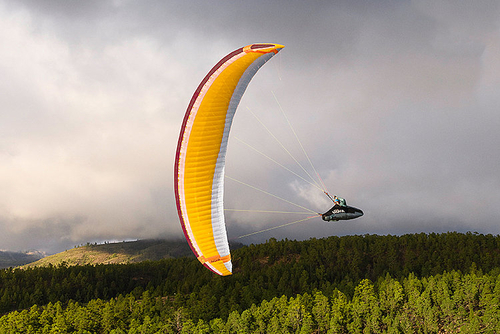















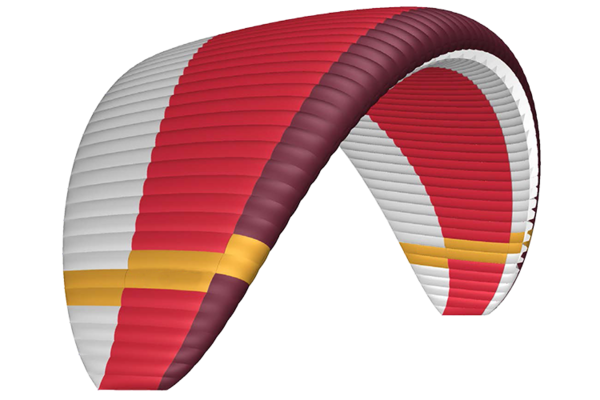 Red
Red
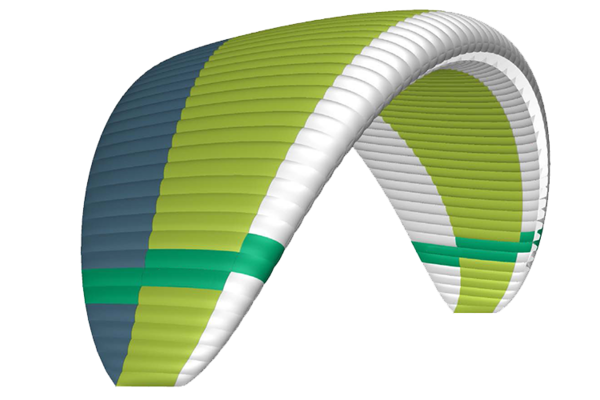 Lime
Lime
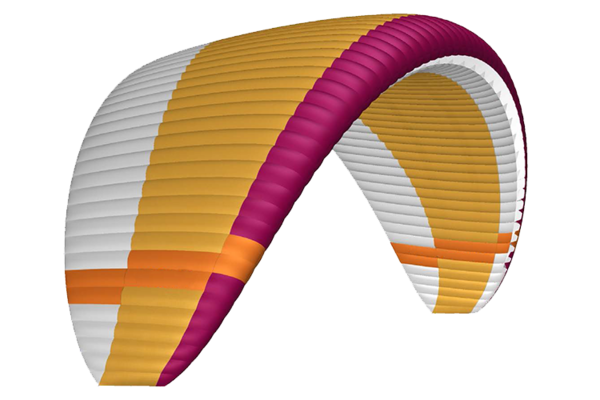 Gold
Gold
 Blue
Blue
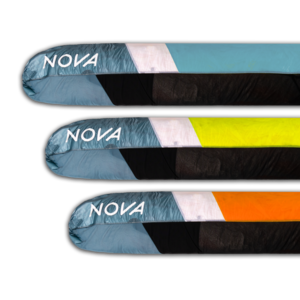 Concertina Bag Light.
Concertina Bag Light.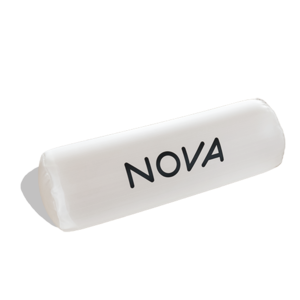 Pack Roll.
Pack Roll.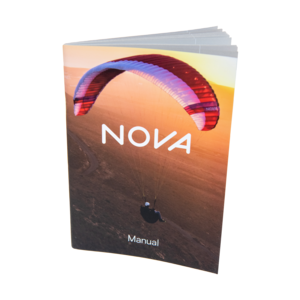 Manual.
Manual.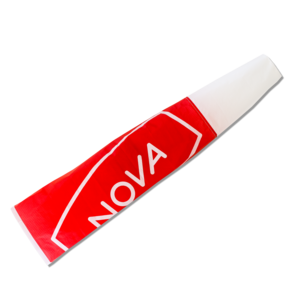 NOVA windsock.
NOVA windsock.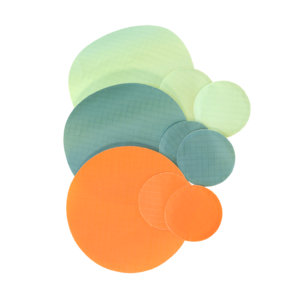 Repair kit.
Repair kit.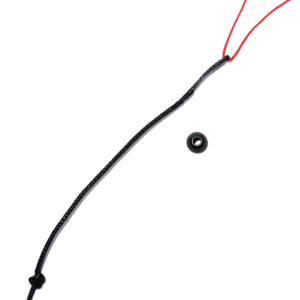 Speed system cords.
Speed system cords.